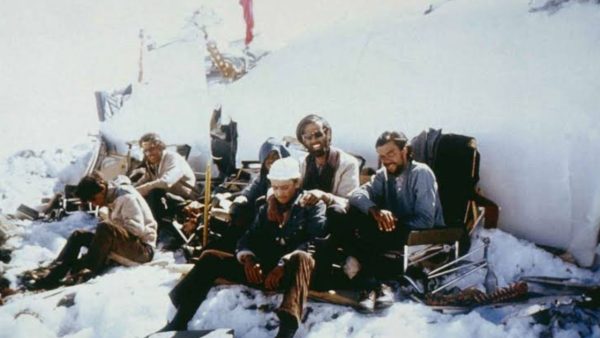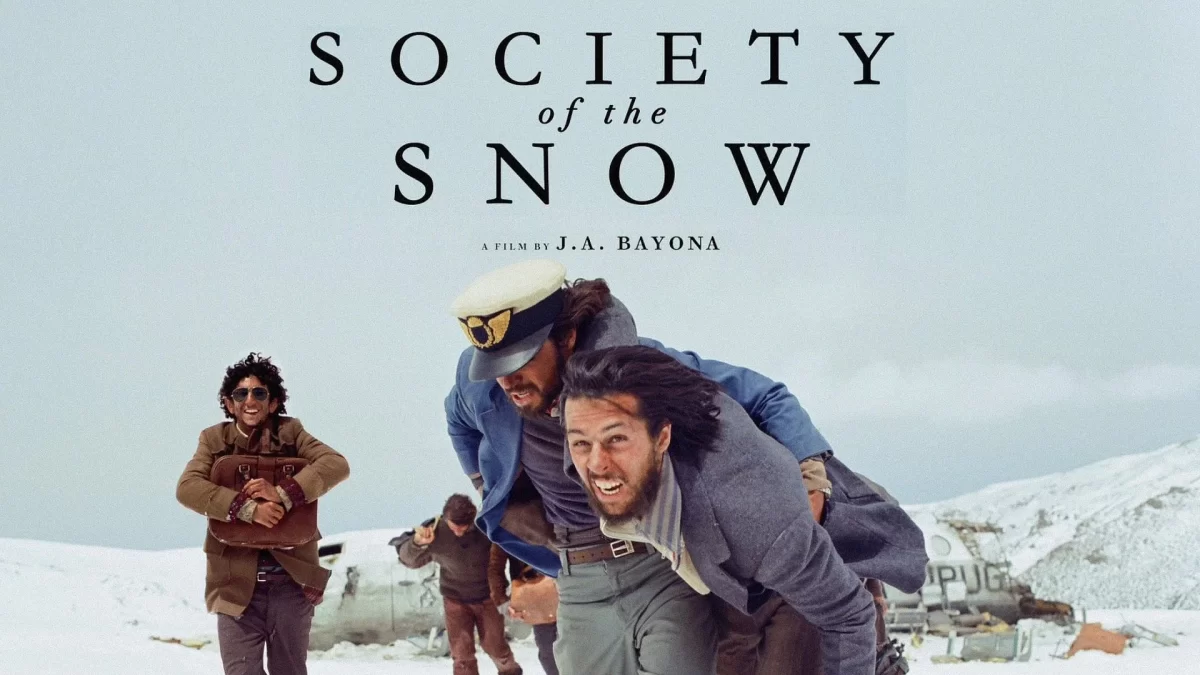Society of the Snow, now streaming on Netflix, directed by J.A. Bayona, tells the true story of how 16 members and followers of the Uruguayan rugby team survived 75 days in one of the world’s harshest environments. Although this movie is quite distressing at times, it’s also a moving narrative of how those who lived through the 1972 crash of Uruguayan Air Force Flight 571 preserved together to overcome almost two and a half months of starvation, bitter temperature, and extreme weather while trapped high in the Andes Mountains.
Society of the Snow recreates the events that occurred in October 1972 when 40 passengers and five crew members of Flight 571 suffered a horrifying plane crash. Most passengers on board belonged to the Old Christians amateur ruby group, while the rest were family members and friends. The team flew for a match from Montevideo, Uruguay, to Santiago, Chile.
Due to severe weather, the plane was forced to land in Mendoza, Argentina, and stay the night. The next afternoon, on October 13th, the aircraft set off for Santiago, Chile, with a charted path to avoid the Andes and fly through a lower mountain pass. Unfortunately, about an hour into the flight, the pilot overestimated his location and began to descend with the clearance from air traffic control. Sadly, the plane struck a mountain, losing its wings and tail before impact. The front of the aircraft then slid down the mountain before landing in a valley.
The initial crash killed 12 passengers and left 33 survivors injured. The first night, five people died, while another succumbed to her injuries a week later, leaving 27 alive. Thinking they would be rescued quickly, the survivors lived through subzero nighttime temperatures, creating a shelter out of the wreckage and splitting the little food they had left equally, which ran out after about a week.
As the movie shows, the survivors saw and heard several rescue planes flying over them in the days that followed the crash, but no one was able to spot the wreckage in the snow. Around day 10, the survivors recovered a small radio from the wreckage and heard the heartbreaking news that the search had been called off until the weather improved and snow started to melt; they were all presumed dead.
As weeks passed and starvation started to set in, the survivors were forced to resort to cannibalism to stay alive. A debate ensued over whether or not they should do it, mainly focusing on moral and religious concerns. Eventually, knowing how impossible it would be for them to survive, they began giving consent about their bodies, allowing others to eat them if they died.
As impossible as this idea seemed, there was nothing else the passengers could do, especially knowing they could not be found soon. One of the survivors, Daniel Fernández, and his cousins Eduardo and Fito Strauch control of cutting up pieces for others to eat without telling them whose corpse they used first. Initially, some passengers refused to eat their friends and family members but eventually had to give in. By the end, only the bones remained as the bodies were stripped entirely of meat.
After spending two months stranded in the mountains, the survivors, whose number had decreased to 16, decided to do something about their situation. On several other occasions, they’d try to hike in several directions, hoping to find help. However, the weather never allowed them to stray too far from the crash site. By December, the weather had cleared a bit, and it was finally a good time to take the final leap. This hike was now or never for Fernando “Nando” Parrado, Antonio “Tintin” Vizintín, and Robert Canessa, who decided to go all the way, no matter what.
Their previous attempts taught them what they should and shouldn’t do on the hike. They knew they needed some sort of cover at night to protect themselves from the cold, so they constructed a sleeping bag from the waterproof insulation they found on the plane. The journey took them ten days, crossing from one mountain to another, to the point where snow was melted enough to see vegetation. Eventually, they ended up near a village called Los Maitenes in Chile and were rescued by three herders on the opposite side of the river.
Parado used paper to write notes and threw it across the river to communicate with the Chileans about their situation, who notified the authorities. After 72 days stranded, rescue finally arrived on December 22nd by two helicopters. Six survivors were rescued the same day, while the other eight were rescued the next day. The remains of the dead were left at the crash site along with the wreckage, where a rock pile still sits as a memorial.




















